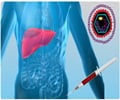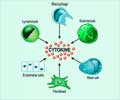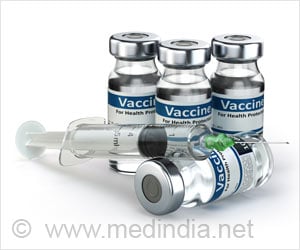The structure of a critical protein from the Marburg virus has been determined by scientists at The Scripps Research Institute.

Described in the September 13, 2012 publication of the journal PLoS Pathogens, the new research reveals how a key protein component of the Marburg virus, called VP35, blocks the human immune system, allowing the virus to grow unchecked. The structure provides a major step forward in understanding how the deadly virus works, and may be useful in the development of potential treatments for those infected.
"The immune system is designed to recognize certain hallmarks of virus infection," said Erica Ollmann Saphire, the Scripps Research scientist who led the effort. "When these are sensed, an immediate antiviral defense is launched. However, the Marburg and Ebola viruses mask the evidence of their own infection. By doing so, the viruses are able to replicate rapidly and overwhelm the patient's ability to launch an effective defense."
Deadly Outbreaks
Ebola virus outbreaks have occurred in the last month in both Uganda and the Democratic Republic of the Congo, while Marburg virus broke out in Angola in 2005 to 2006 and again in Uganda in 2007. The Angolan Marburg virus outbreak began in a pediatric ward and killed 88 percent of those it infected. The virus has since been imported into the United States (Colorado) and the Netherlands by tourists who had visited Africa.
There is currently no cure for Marburg hemorrhagic fever. The virus is spread when people come into contact with the bodily fluids of a person or animal who is already infected. The best treatment consists of administering fluids and taking protective measures to ensure containment, like isolating the patient and washing sheets with bleach.
Advertisement
Advertisement













